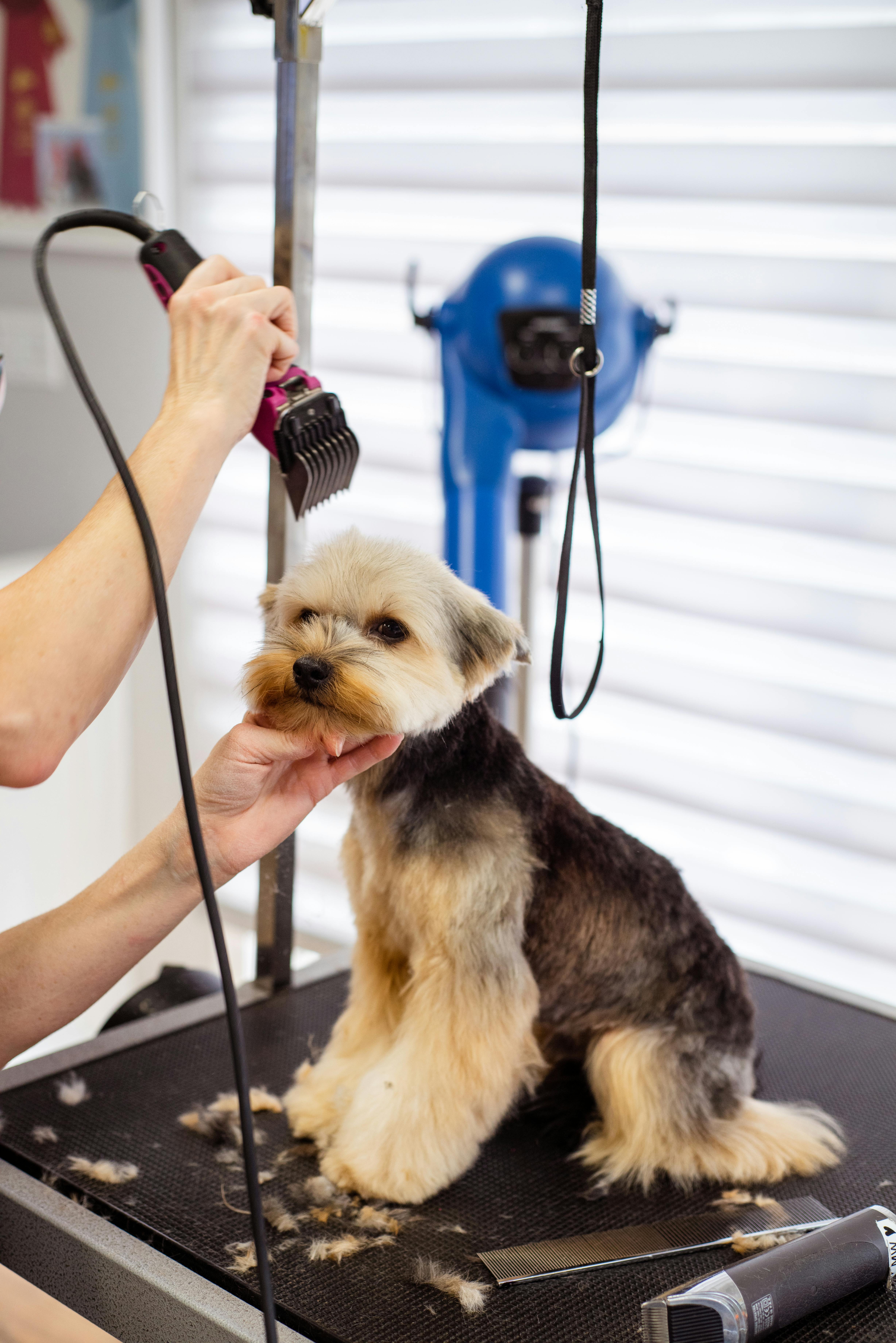Essential Pet Care Tips for Busy Professionals
Balancing a demanding career with pet ownership can be challenging, but it’s far from impossible. In today’s fast-paced world, busy professionals are seeking efficient ways to ensure their pets receive the love and attention they deserve. This guide offers comprehensive pet care tips for busy professionals, providing practical strategies to maintain pet wellness without compromising your schedule.

Understanding the Fundamentals
Pet care is a lifelong commitment that extends beyond feeding and walking. It includes emotional bonding, regular health monitoring, and creating a stimulating environment. For professionals, understanding the basics helps lay the foundation for consistent and manageable routines.
Think of pet care like managing a relationship: time, communication, and responsiveness matter. Even a few daily minutes can make a difference in your pet’s physical and emotional wellbeing.
1.1 Daily Routine Management
A structured routine is essential for pet health. Pets thrive on predictability, which helps reduce anxiety and fosters good behavior. A recent study by the ASPCA shows that consistent feeding and exercise schedules improve pet mood and reduce destructive tendencies.
Start with fixed times for meals, potty breaks, and play sessions. Use alarms or smart home tech to stay on track even during hectic workdays.
1.2 Emotional Engagement
While feeding and walking are core responsibilities, emotional care is just as important. Unlike physical needs, emotional needs are often overlooked by busy pet owners. However, pets require affection, stimulation, and interaction to prevent depression and behavioral issues.
Engaging in a few minutes of quality playtime or gentle brushing daily can build emotional trust. Toys, interactive feeders, and brief training sessions also contribute positively to your pet’s mood.
Practical Implementation Guide
Now that we’ve covered the essentials, let’s explore how to implement these principles into your lifestyle. Whether you’re on a tight schedule or travel frequently, small adjustments can make big impacts.

2.1 Actionable Steps
- Automate Feeding: Use timed feeders to ensure your pet gets meals on time even if you’re stuck in meetings.
- Create a Morning Checklist: Combine your morning tasks with pet needs like fresh water, feeding, and quick cuddles.
- Midday Breaks: Arrange a dog walker or trusted neighbor for a 15-minute check-in to break long isolation periods.
2.2 Overcoming Challenges
Professionals often face obstacles such as travel, overtime, or unpredictable schedules. Here are common hurdles and how to solve them:
- Inconsistent Schedule: Use pet cams and app-controlled devices to maintain interaction and routines.
- Travel: Partner with a pet sitter service or boarding facility for reliable care.
- Lack of Energy: Incorporate play into your relaxation—use toys that let pets engage while you unwind.
Pro tips include rotating toys weekly, using treat puzzles, and involving your pet in low-stress evening rituals like stretching or TV time.
Advanced Applications
Once you’ve established the basics, consider elevating your care strategy with advanced techniques. These methods help deepen the bond with your pet and enhance their overall quality of life.

3.1 Smart Technology Integration
Smart pet tech like automated feeders, treat-dispensing cameras, and voice-interactive toys can maintain a virtual presence when you’re away. Case studies show pets exhibit reduced anxiety with regular digital interaction from their owners.
Metrics such as reduced barking, less chewing, and improved eating patterns highlight the success of technology in pet care.
3.2 Pet Routine Synchronization
Integrate pet routines into your daily habits. For instance, sync morning walks with your fitness routine or align feeding with your meal prep. Compatibility between your routine and theirs makes care more sustainable.
Apps like pet health trackers can also remind you of vet visits, vaccinations, and grooming, adding structure to your approach.
Future Outlook
With advancements in AI and health-monitoring wearables for pets, future care will become even more streamlined. Innovations will allow remote health diagnostics, real-time emotional monitoring, and even virtual vet consultations.
To prepare, familiarize yourself with upcoming gadgets and services. Subscribe to pet tech newsletters and stay engaged with community forums to keep your care approach current.
Conclusion
In summary, successful pet care for busy professionals revolves around consistency, emotional connection, and the smart use of technology. Implementing structured routines, addressing challenges proactively, and embracing modern tools will transform your pet’s life—and your own.
Start with small steps today. Set a consistent feeding time, try an interactive toy, or explore a pet tech device. Your furry friend will thank you with love and loyalty.
Frequently Asked Questions
- Q: How do I manage pet care with a 9–5 job? Establish a routine and automate tasks like feeding. Use pet walkers or sitters for mid-day needs.
- Q: What’s the best way to start? Begin with scheduling: meal times, potty breaks, and a daily 10-minute play session.
- Q: Will my pet be okay home alone all day? Most pets can adapt with enrichment toys, background music, and brief midday check-ins.
- Q: Is pet care expensive for working people? It depends, but smart devices and services range from $20–$200 depending on features and frequency.
- Q: Should I get a pet if I travel often? Yes, if you can arrange reliable boarding or a sitter and maintain consistency in other ways.
- Q: How hard is it to learn pet care? Basic care is easy with daily habits. Advanced care takes time but is manageable with resources.
- Q: Are there care routines for professionals in apartments? Absolutely—use balcony potty patches, timed play, and compact enrichment tools suited for small spaces.
